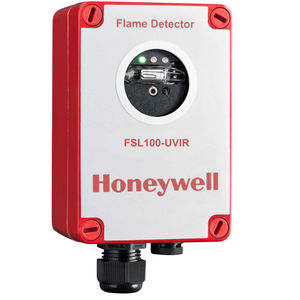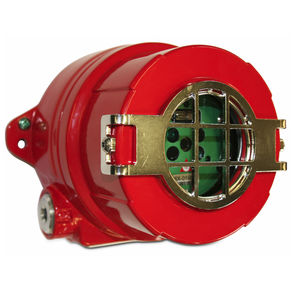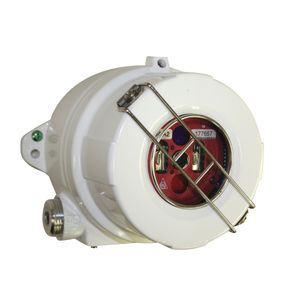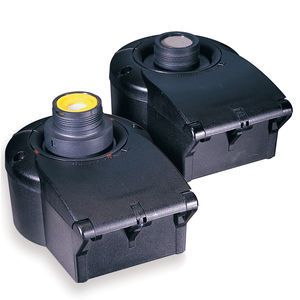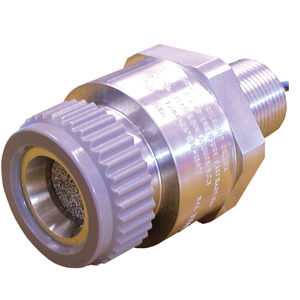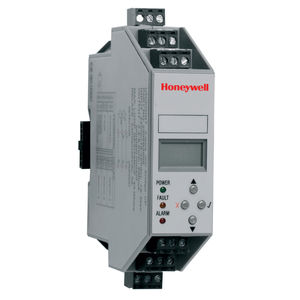
- Products
- Catalogs
- News & Trends
- Exhibitions
Gas detector RAEGuard 2 PIDvolatile organic compoundPIDfixed



Add to favorites
Compare this product
Characteristics
- Detected entity
- gas
- Gas type
- volatile organic compound
- Technology
- PID
- Other characteristics
- fixed, explosion-proof
Description
RAEGuard 2 PID is a fixed photoionisation detector (PID) that measures a broad range of volatile organic compounds (VOCs) • Quick Specs • Digital Smart Sensor Technology • Detection range 0.01 to 100 ppm, 0.1 to 1000 ppm, or 1 to 1000 ppm
RAEGuard 2 PID is a fixed photoionisation detector (PID) that measures a broad range of volatile organic compounds (VOCs). The RAEGuard 2 PID operates on 10 to 28 VDC and provides an analog (4-20mA) three-wire signal output and RS-485 Modbus digital signal output. Calibration and maintenance have been greatly simplified as the digital PID module can be easily removed in hazardous locations for calibration or maintenance.
The RAEGuard 2 PID has a graphic display and local sound alarm and LED light status indicator. In addition, Low, High, and Fault relays can be configured to trigger external alarms or process controls. .A magnetic key interface enables the detector to be calibrated and operational parameters adjusted with the explosion-proof enclosure in place.
- Large UV lamp and better sealing allows greater sensitivity, faster speed of response and better resolution
No false alarms
Reduce maintenance cost
- Thanks to the sample flow-through design
- Easy to remove sensor module in hazardous locations without using of tools
Faster response time
Catalogs
No catalogs are available for this product.
See all of Honeywell analytics‘s catalogsExhibitions
Meet this supplier at the following exhibition(s):

Related Searches
- Honeywell gas detector
- Infrared detector
- Honeywell portable detector
- Industrial detector
- Monitoring detector
- Honeywell compact detector
- Honeywell carbon monoxide detector
- O2 detector
- Indoor detector
- Rugged detector
- Detector with digital display
- Real-time detector
- Remote detector
- Honeywell hydrogen sulfide detector
- Wireless detector
- CH4 detector
- Toxic gas detector
- Automatic detector
- ATEX detector
- Honeywell multi-gas detector
*Prices are pre-tax. They exclude delivery charges and customs duties and do not include additional charges for installation or activation options. Prices are indicative only and may vary by country, with changes to the cost of raw materials and exchange rates.








